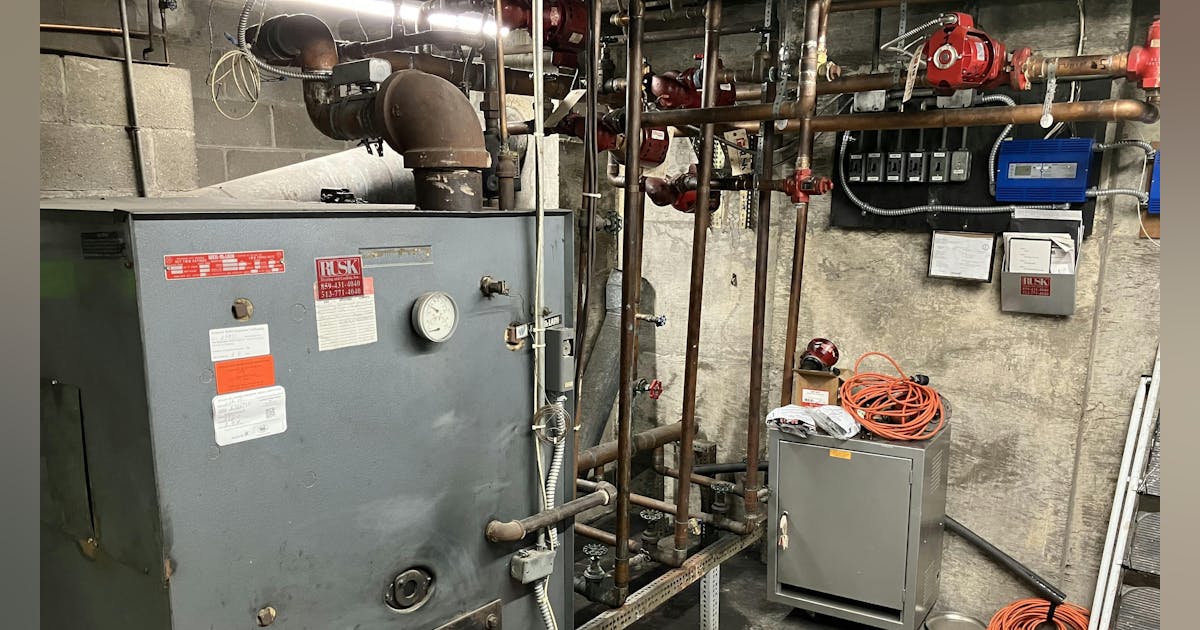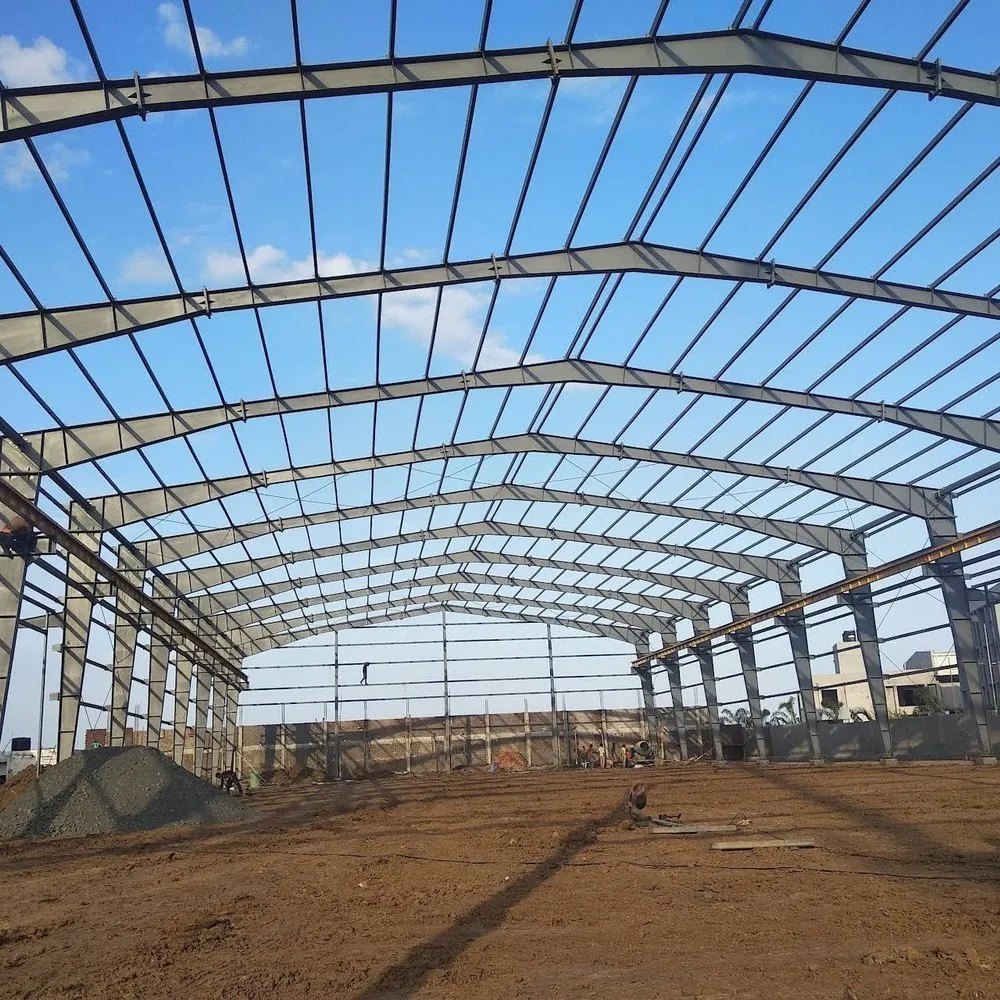
Another Day, Another 1950s-Era Hydronic System
I had been counting the days to the end of my chemotherapy treatments and feeling like I was just occupying time and space when the call came in. The feeling like you can’t wait for the day to be over so you’re that much closer to starting a recovery from the side effects. It was one of our company’s highest volume boiler customers, and a good friend for 40 years.
He wanted to meet in a couple of days and I was looking for a distraction to kill some time. The appointment was set on a day with the chemotherapy pump along for the ride. Thankfully, the relationship with the pump is over for now. On to the scan at the end of July.
The address he texted turned out to be in rural Northern Kentucky, not too far out from the suburbs, but with a road name that makes you think of West Virginia, Lower Tug Fork Road. When I got to the address, it turned out to be a Lutheran Church, built in the late 1950’s just up the hill from Tug Fork the steam, in the middle of the God’s countryside.
Pumps, Valves, Zones
The contractor was running late because of road construction on Upper Tug Fork Road, so I went in to meet the representative from the church. We exchanged the usual pleasantries and got to talking about the boiler system you see in the photo, which is pretty typical for the turn of the century.
They liked to have plenty of zones back in the 1950s. This one has five different zones of heating, using five different pumps, all with the important flow control valve to prevent cross circulation and the overheating it can cause in the zones already satisfied.
On most jobs I check to see if the flow control valves are in the operational mode or if they are locked in the manual by-pass mode. With my chemo-fogged brain, I forgot that day. Amazingly, I usually find at least one flow control operating in the manually open mode.
Before I could ask about how the church operates the heating system, the rep started talking, which is great because most times I quote the replacement boiler from the tag info, without detailed info about the system. He had details and was willing to share, the most important point being that the education wing was now on a separate system, and the pump/piping for that zone was valved off.
He continued to tell me that two of the other zones were rarely used and that he would turn the system on once a week on Saturday night to warm the church and basement zones for Sunday services, then shut it off if the predicted outdoor temperatures for the week stayed above 32°F. Last year he stated that the boiler used only $3000 of fuel oil for a full season, which seemed on the low side.
Post a Comment
You must be logged in to post a comment.





